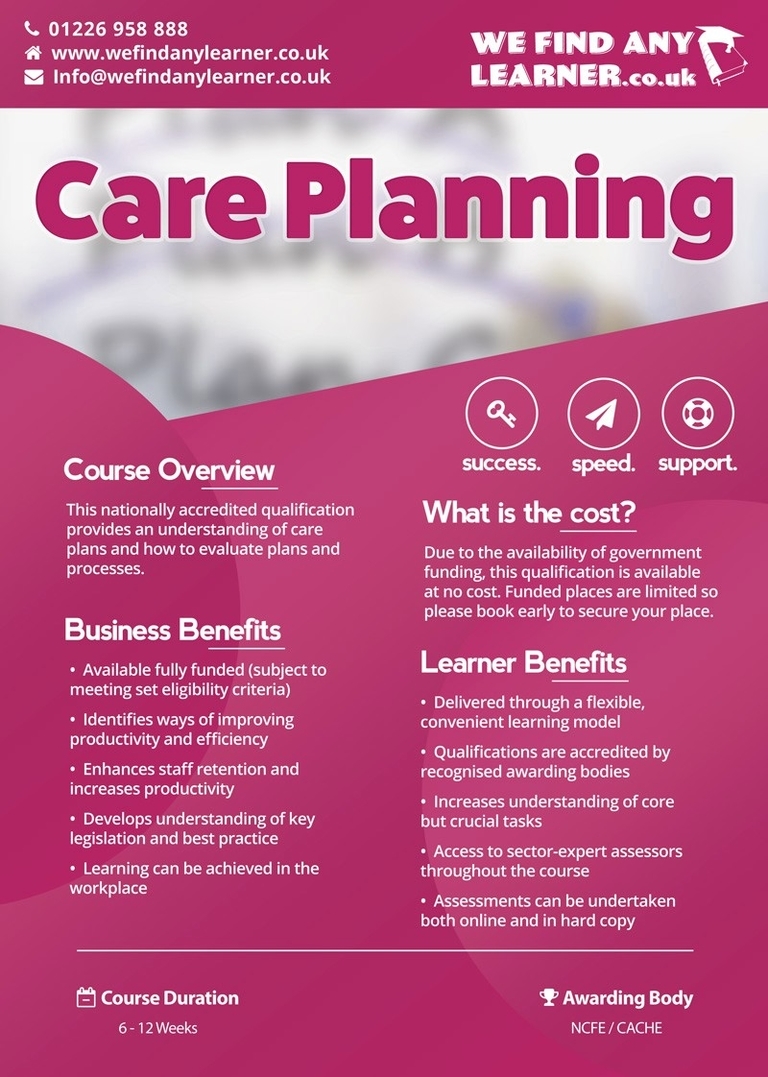
Scenario planning is a strategic foresight tool that helps organizations identify and prepare for potential future events. It is a process of visualizing different representations of an organization’s future based on assumptions about the forces driving the market. Scenarios are not forecasts or predictions, but rather descriptions of potential events and their likely impact on an organization. By visualizing potential risks and opportunities, businesses can become proactive versus simply reacting to events.
cenario planning is a way to assert control over an uncertain world by identifying assumptions about the future and determining how your organization will respond. By building organizational awareness of what could happen, leaders may spot warning signs of brewing challenges and respond accordingly. When a worst-case event arises, scenario planning documents add tremendous value by playing out multiple outcomes and listing immediate steps to contain damage. Plans are also valuable for best-case scenarios say a product goes viral and demand spikes 300% overnight? What if an acquisition opportunity lands unexpectedly? Are you prepared? Scenario plans, ultimately, tell a story with many possible endings. Crafting the narrative requires a clear set of assumptions about potential business realities and ensuing outcomes.
cenario planning is a process pioneered by the U.S. military, which today runs exercises looking up to 20 years out to guide R&D efforts. It has since been adopted by businesses and governments worldwide. The process involves identifying a specific set of uncertainties, different realities of what might happen in the future of your business. From projecting financial earnings and estimating cash flow to developing mitigating actions, scenario planning is more than just a financial planning tool it’s an integrated approach to dealing with uncertainty.
There are a number of templates and formalized frameworks for scenario planning. What’s important is choosing a method that works for your team. Two fictional firms, a software company and a wholesale distributor, can illustrate the planning process. The software company is considering a new product launch, while the wholesale distributor is concerned about supply chain disruptions. Both companies use scenario planning to identify potential risks and opportunities, evaluate responses, and manage for both positive and negative possibilities.
cenario planning can provide a competitive advantage by enabling leaders to react quickly and decisively. Because a situation has been thought through and actions documented, no one has to scramble when in the midst of a crisis. By visualizing potential risks and opportunities, businesses can become proactive versus simply reacting to events. Ultimately, scenario planning is about preparing for the future by identifying potential risks and opportunities and developing a plan to respond to them. It is a powerful tool for businesses and governments alike to help them navigate an uncertain world.
